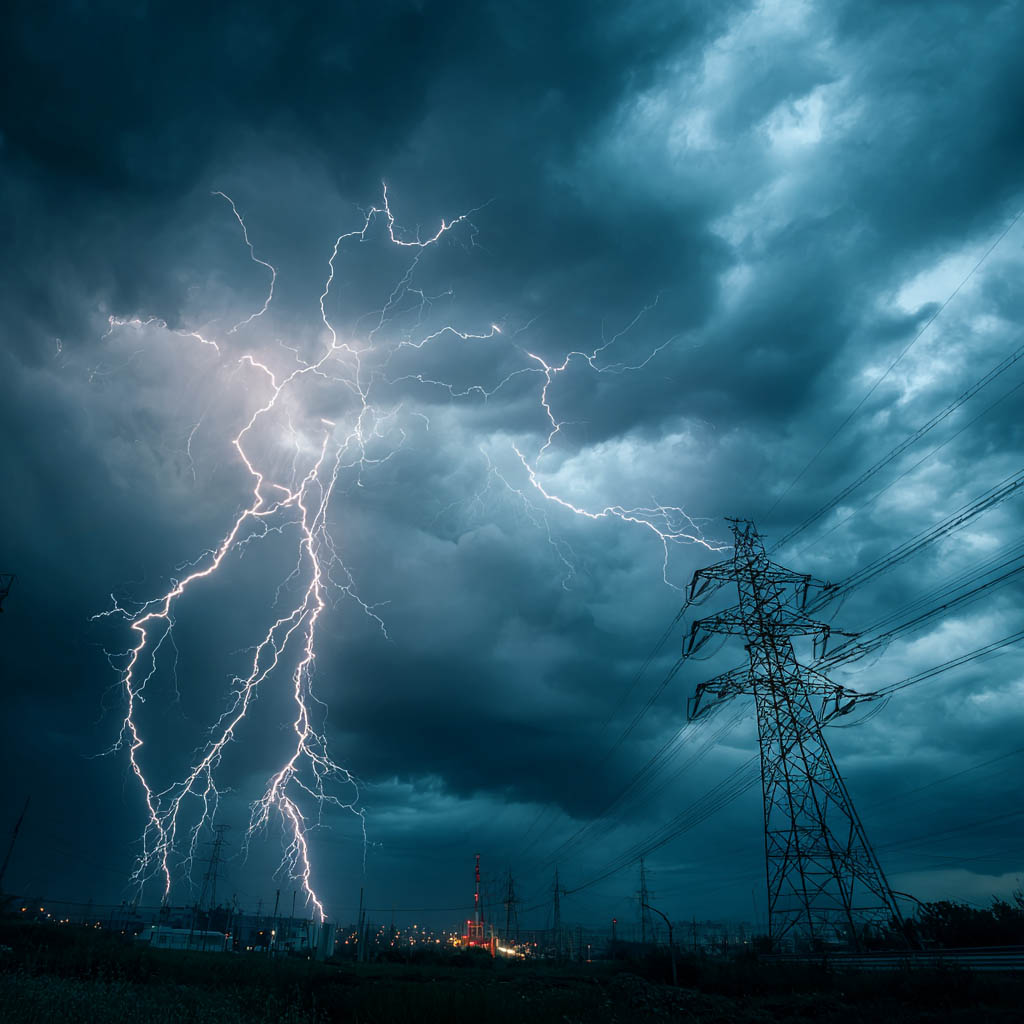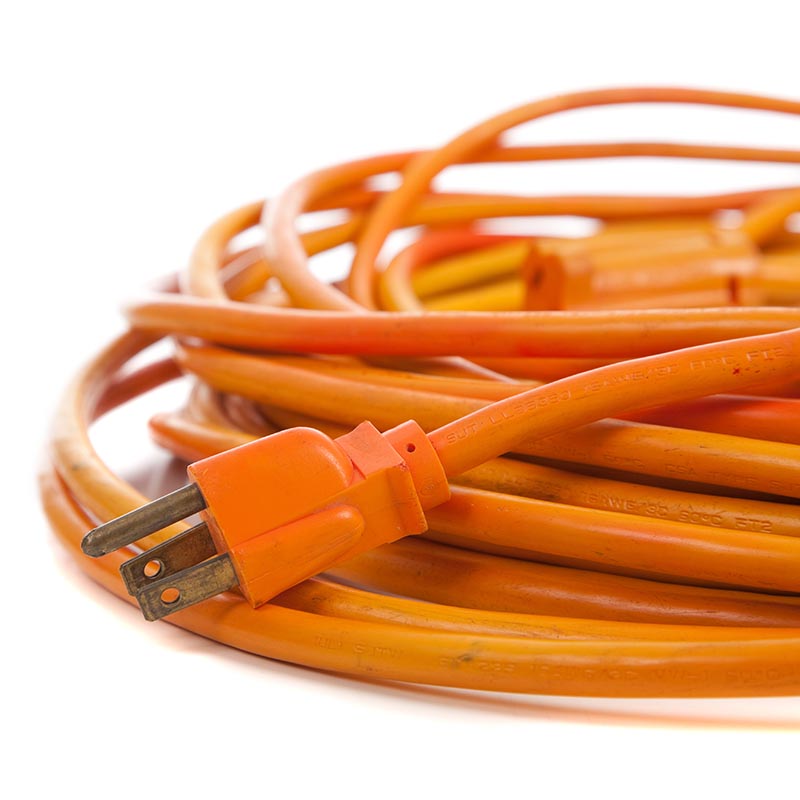Running a business efficiently involves keeping an eye on your energy consumption. High energy use doesn’t just affect your bottom line; it also contributes to your business’s carbon footprint. Conducting a DIY energy audit is a smart first step to identify where you’re overspending on electricity and how to optimize your usage. Here’s how you can get started and determine if your energy consumption is higher than it should be.
1. Track Your Energy Bills
Start by reviewing your past energy bills. Look for patterns in your usage, such as spikes during certain months or steady increases over time. Compare your consumption to industry averages for similar businesses, which you can find through your utility company or energy-related websites.
2. Inspect Your Lighting
Lighting can account for a significant portion of your business’s electricity use. Check the types of bulbs used throughout your facility—are they energy-efficient LEDs or older incandescent and halogen bulbs? LED bulbs consume up to 75% less energy than traditional lighting options, so upgrading can lead to immediate savings. Use a light meter to measure brightness and ensure you’re not over-lighting areas, which wastes energy.
3. Evaluate HVAC Systems
Heating, ventilation, and air conditioning (HVAC) systems are often one of the biggest energy consumers in a business. Check the settings on your thermostat to ensure they align with the hours your business operates. Consider installing programmable thermostats to reduce usage during off-hours. Look for signs that your HVAC system is working harder than it should, such as uneven heating or cooling, or excessive noise.
4. Check Office Equipment and Appliances
Office equipment like computers, printers, and kitchen appliances can contribute significantly to your energy bill, especially if they’re older models. You can use a plug-in energy meter to measure the electricity consumption of individual appliances and devices. Compare this to manufacturer specifications and the average energy consumption for those types of equipment to determine if they are using more power than expected.
- Computers: Set computers to sleep mode after periods of inactivity, or encourage employees to turn them off when not in use.
- Printers/Copiers: Keep devices like printers in energy-saving mode when not in active use.
- Appliances: For kitchen appliances, such as refrigerators or coffee machines, ensure they are energy-efficient models.
5. Look for Phantom Loads
Phantom loads (also known as standby power) occur when devices are plugged in but not in use, like chargers, printers, and monitors. These items continue to draw power even when turned off. Use an energy meter to identify how much power these devices are consuming. Consider using smart power strips that automatically cut power to devices not in use.
6. Check for Air Leaks
Air leaks can lead to wasted energy, especially in climate-controlled areas. Conduct a simple inspection by feeling around windows, doors, and vents for drafts. Sealing leaks with caulk or weatherstripping can improve insulation and reduce the strain on your heating and cooling systems.
7. Measure Peak Usage Times
Some utility companies charge based on peak electricity usage. You can check your business’s peak usage times by monitoring equipment and lights during high-demand periods. Shift non-essential activities to off-peak times to reduce your energy costs.
8. Review Energy Efficiency Ratings
If you notice excessive energy consumption from any of your equipment, check the Energy Efficiency Rating (EER) for that device. Appliances or systems with a poor EER should be considered for replacement, especially if they are older than 10 years. Look for Energy Star-rated products, which are designed to consume less electricity and improve efficiency.
9. Compare to Benchmarks
After collecting data, compare your energy usage to industry benchmarks. Many industries have standard energy consumption rates for businesses of similar size. If your business’s consumption is higher than average, this is a clear indicator that further steps need to be taken to improve energy efficiency.
10. Identify Long-Term Solutions
Once you’ve identified the areas where energy is being wasted, create a plan for improvements. This could include upgrading lighting, investing in energy-efficient appliances, or improving insulation. You can also work with a commercial electrician to install smart meters and automate energy-saving practices across your business.
Conclusion
A DIY energy audit can be an eye-opener for many business owners, revealing where energy waste is occurring and how to fix it. Regular audits allow you to keep energy costs in check while reducing your environmental impact. If you’re unsure about certain electrical aspects or want a more in-depth analysis, contacting a commercial electrician can provide you with professional insights and solutions tailored to your business.
For help with more complex electrical concerns or implementing energy-saving solutions, reach out to Eric Gandler Development Electric for expert advice and services.





